Though the recently released Virtua Fighter 5 R.E.V.O. includes the option for a single-player experience via Arcade Mode, Sega has been upfront about the title’s emphasis on competitive online play. As such, when determining how to update the almost 20-year-old Virtua Fighter 5 for its PC debut, the introduction of rollback netcode was a top priority to ensure a smooth multiplayer experience, compensating for any potential network delays. And while this would prove to be a major technical challenge, the result is that Virtua Fighter 5 R.E.V.O. marks a new era for both Virtua Fighter 5 and the series as a whole.
In a recent conversation with Game Rant, Virtua Fighter legacy project producer Seiji Aoki (who also served as chief producer on Virtua Fighter 4: Ultimate Showdown) explained how the implementation of rollback netcode was a challenging, but necessary addition to Virtua Fighter 5 R.E.V.O. for the series’ return to PC. With the new rollback netcode in place, Virtua Fighter 5 R.E.V.O. is arguably the best way to experience the classic fighter, leveling the competitive playing field for new and veteran players.
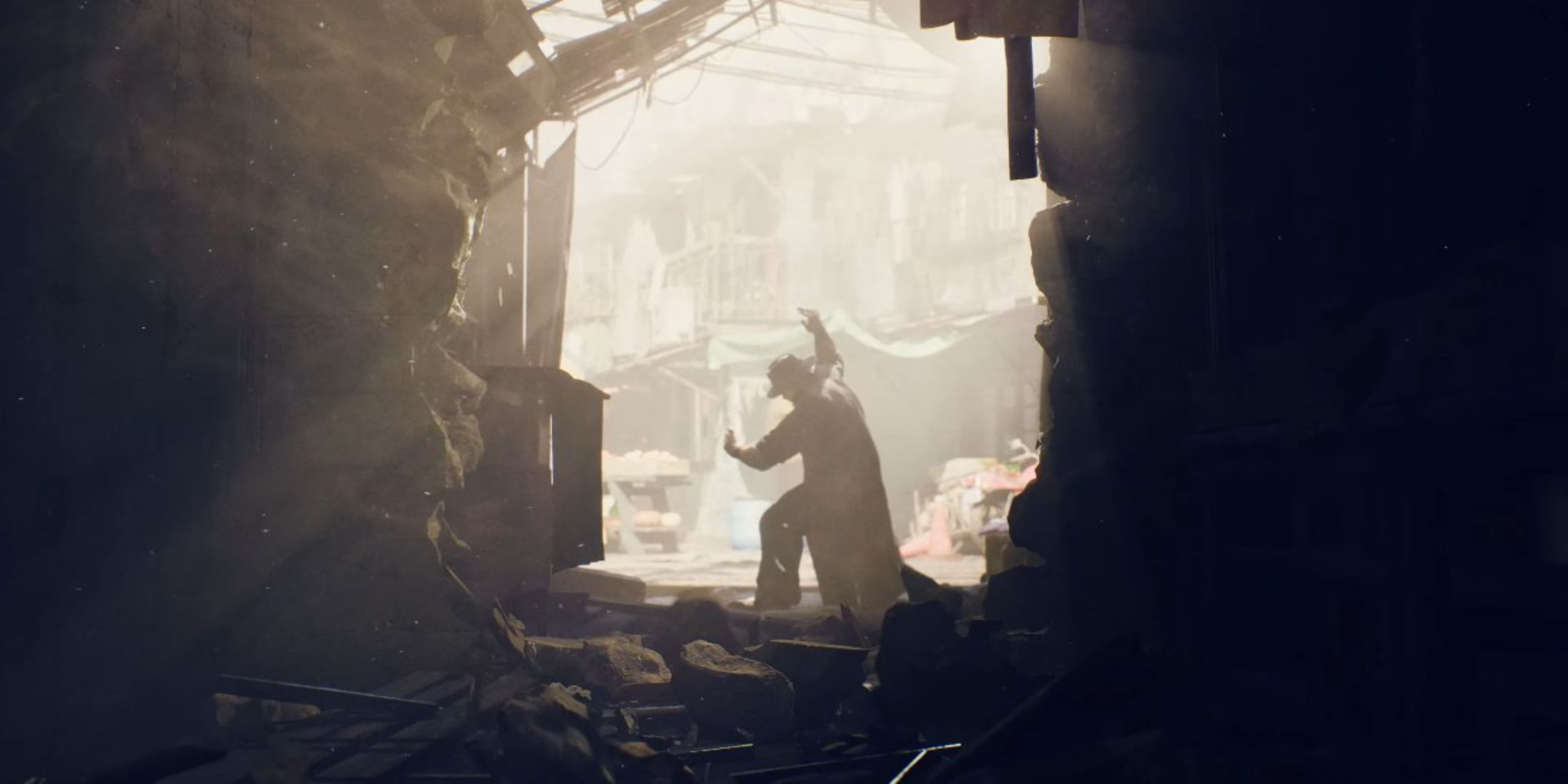
Related
Virtua Fighter and Project Century are Two Sides of the Same Coin
Although they both seem like bold new ventures for the veteran RGG Studio, Virtua Fighter and Project Century adhere to one of its oldest strengths.
What Rollback Netcode Entails
Millions of players worldwide engage in competitive online gaming across various genres. However, discrepancies in internet connectivity and geographical distance from the game’s regional servers occasionally result in input delays or other errors stemming from network issues. Rollback netcode is a salve for these problems, especially with faster-paced games highly dependent on specific player inputs like fighting games. With rollback netcode in fighting games, player inputs are registered locally, and the game rewinds (“rolls back”) to the point of player input, regardless of network connectivity.
Rollback netcode is practically a staple in modern fighting games with competitive online multiplayer featured in Street Fighter 6 and Tekken 8. Notably, though, Virtua Fighter 5 R.E.V.O. is the first version of the 2006 fighting game to feature rollback netcode, which was a priority feature added for Virtua Fighter 5 R.E.V.O.’s PC debut and emphasis on online multiplayer. As Seiji Aoki notes, the addition of rollback netcode “provides an environment where players will be able to play online comfortably without any stress” and “creates a fair start for everyone.”
How Virtua Fighter 5 R.E.V.O.’s Rollback Netcode Makes It the Definitive Version
While the most apparent difference between Virtua Fighter 5 R.E.V.O and previous iterations is its new visuals and performance, the way that the game is handled on PC makes it feel like a brand-new experience. This all stems from the addition of rollback netcode, which Aoki points out was a “technical challenge” to implement on source code more than a decade old. Still, Sega’s commitment to reviving the Virtua Fighter series ostensibly starts with the PC release of Virtua Fighter 5 R.E.V.O., and the inclusion of rollback netcode in this latest version positions it well for the continued growth of PC as a primary platform for competitive fighting games.
Aoki, reflecting on the growth of PC and the importance of bringing Virtua Fighter back to the platform for the first time in 27 years, notes:
In the fighting game scene these days, we think that demand for PC is increasing. We expect this trend to continue to accelerate, so we think that PC support will be essential in the future.
Virtua Fighter 5 R.E.V.O.‘s inclusion of rollback netcode is both a welcome addition to the legacy fighter and an important first step in boosting the franchise’s profile among Virtua Fighter 5 R.E.V.O.‘s PC players.
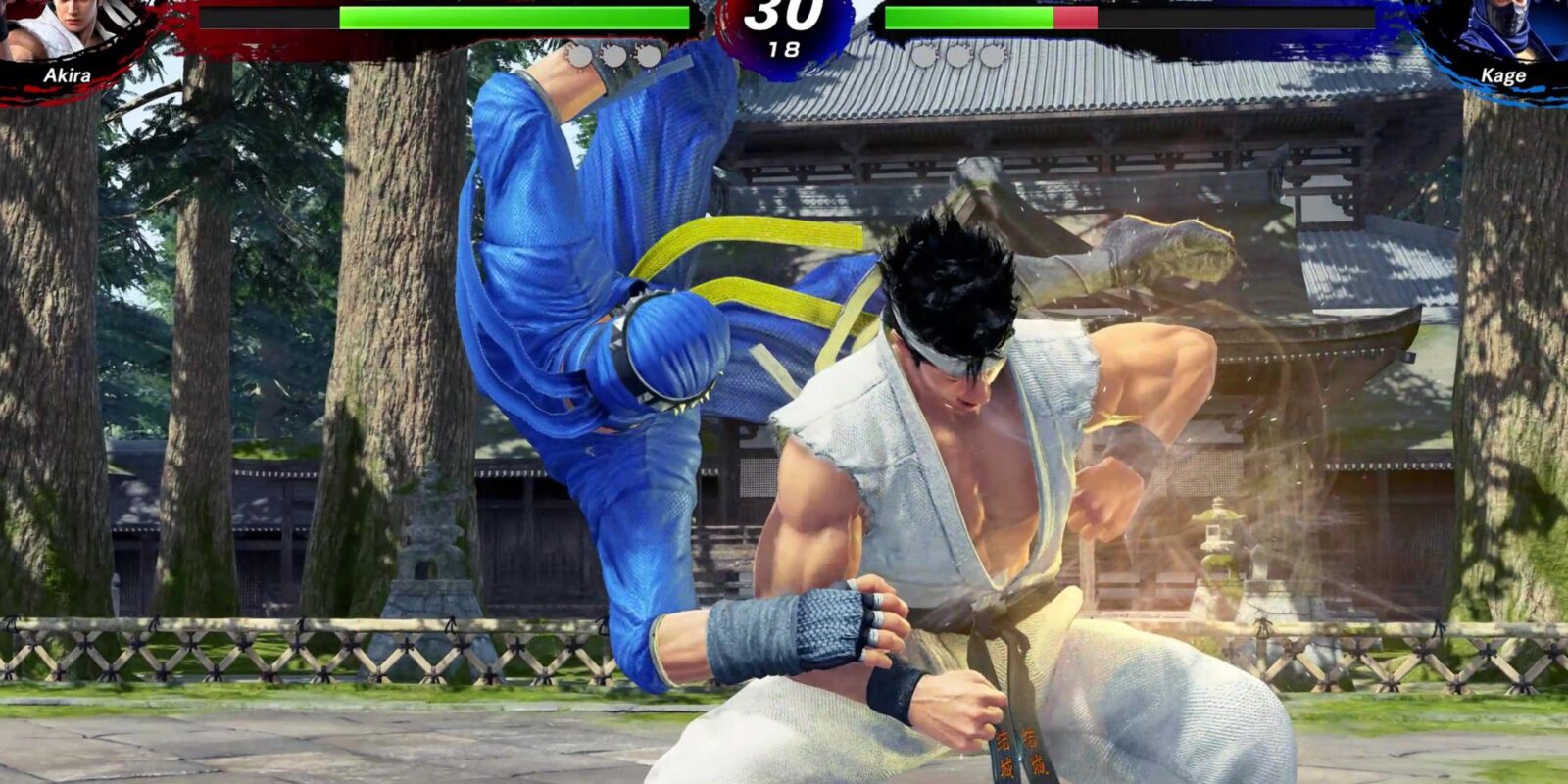

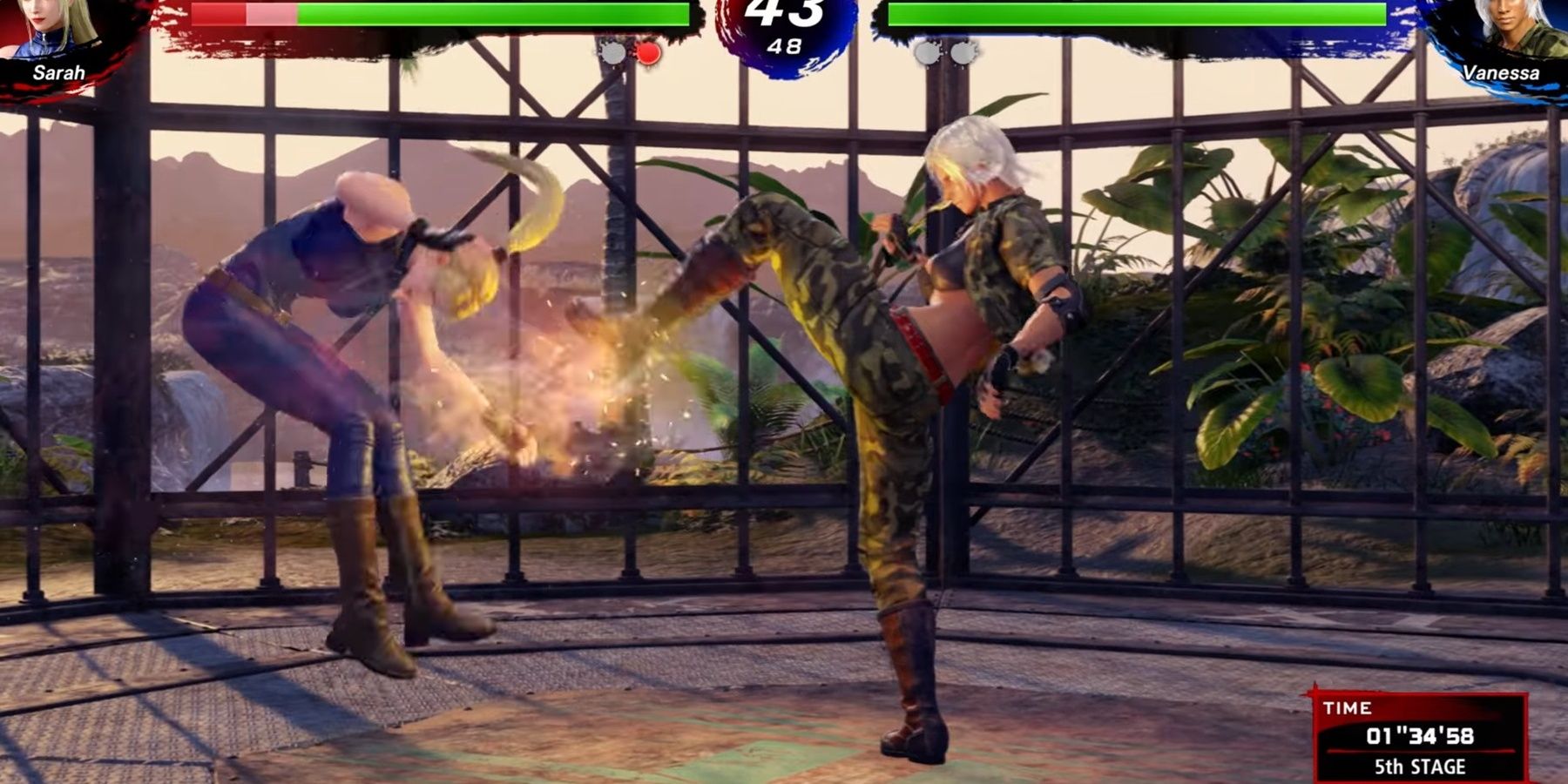
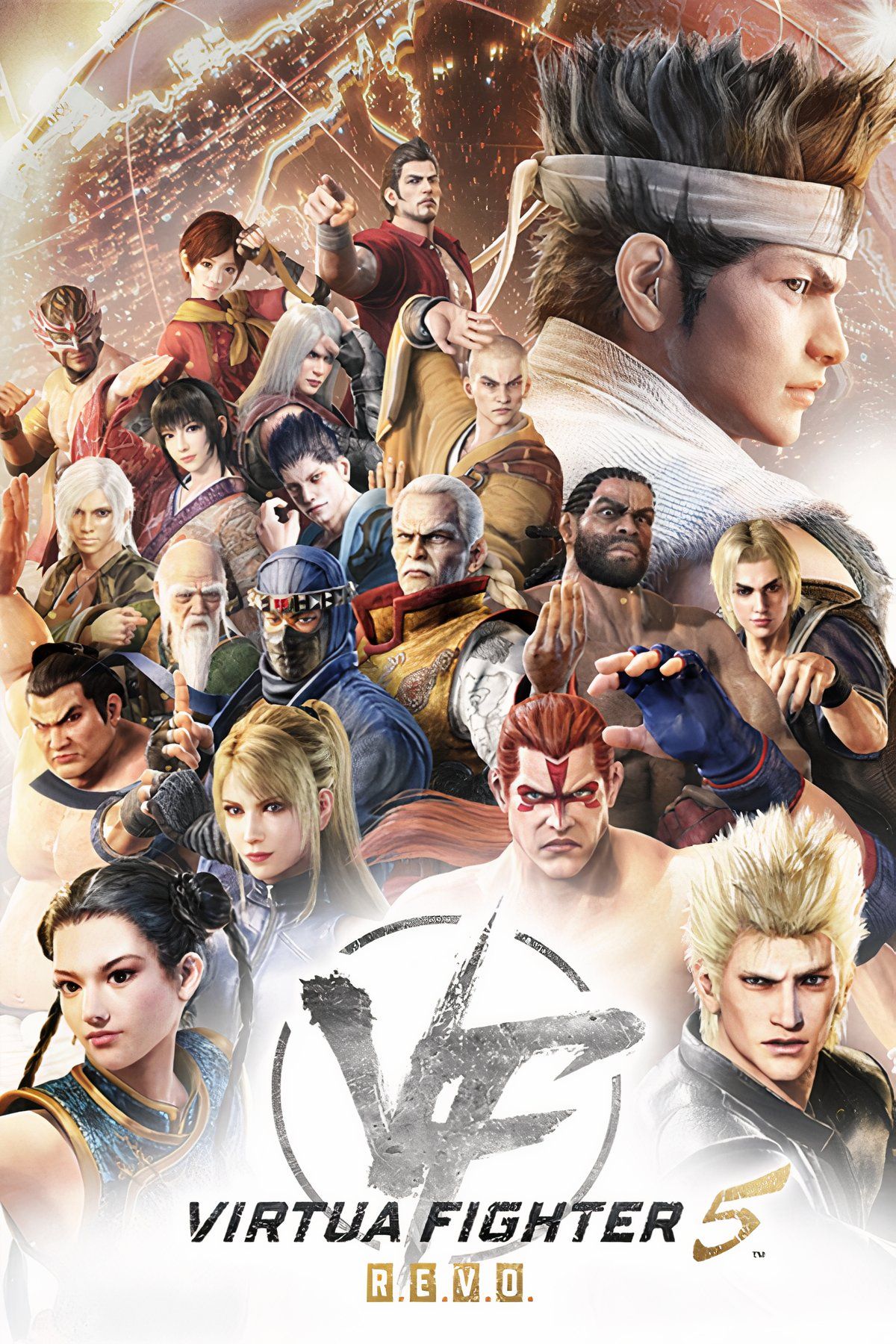

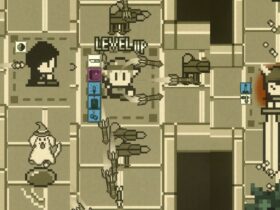



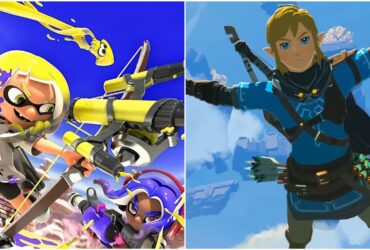




Leave a Reply